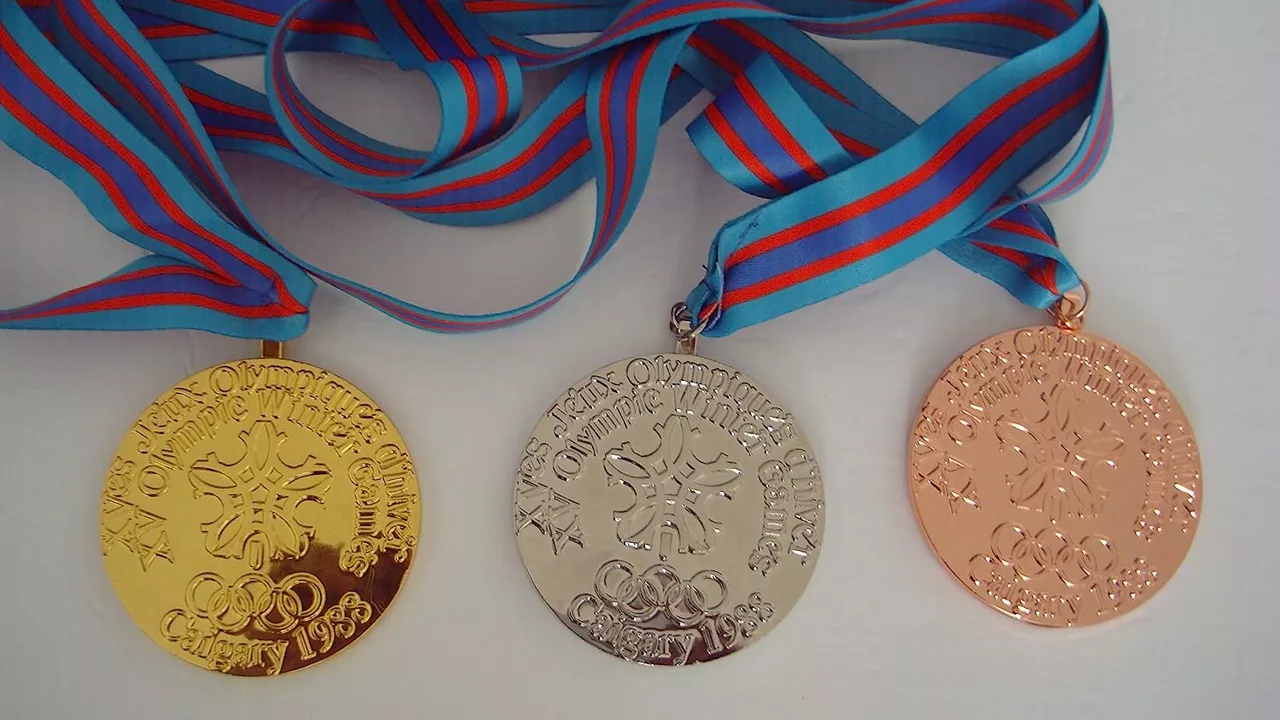Sports: Exploring the World of Athletic Competition
When working with Sports, any organized physical activity that tests skill, endurance, or strategy. Also known as athletics, it brings people together, pushes limits, and creates communities. From the mat to the ring, Judo, a Japanese grappling art that uses throws, pins, and joint locks to Boxing, a striking sport focused on punches, footwork, and timing, each discipline adds a unique flavor to the bigger picture. Sports aren’t just about winning medals; they’re about learning discipline, building confidence, and staying healthy. When you step onto a mat or into a ring, you’re joining a tradition that dates back centuries, yet still feels fresh every time you train.
How Martial Arts, Wrestling, and Striking Fit Inside the Sports Landscape
Martial arts sit under the sports umbrella as a collection of combat‑focused practices that blend culture, technique, and philosophy. Wrestling, a grappling sport that emphasizes control, leverage, and positional dominance showcases raw physicality, while Muay Thai, a striking art known for powerful kicks, elbows, and clinch work adds a stand‑up dimension often paired with judo or BJJ for a well‑rounded skill set. The relationship is simple: sports encompass these styles, each requiring its own set of skills, equipment, and training methods. Judo teaches you how to use an opponent’s force against them, wrestling hones balance and pressure, and Muay Thai boosts explosive power and conditioning. Together they illustrate how sports can be both strategic and physical, allowing practitioners to pick the mix that matches their goals.
What you’ll find in the collection below mirrors this diversity. Some posts break down the rules around a black gi in judo, others compare the effectiveness of wrestling versus judo, and a few explore which striking art best complements a grappling background. Whether you’re curious about the etiquette of a judo uniform, debating the merits of boxing versus judo, or looking for the perfect blend of throws and strikes, the articles offer practical tips, real‑world examples, and clear explanations. Dive in to see how each sport shapes technique, mindset, and community, and pick up ideas you can test on the mat or in the gym today.
Why two bronze medals are given in some sports in Olympics?
In the Olympics, it's intriguing to note that some sports award two bronze medals instead of one. This practice is common in sports like boxing, judo, taekwondo and wrestling. The reason behind this is that these sports follow a double elimination format, where competitors are allowed to continue even after one loss. So, two competitors end up in the third place, each earning a bronze medal. This ensures fairness and gives athletes an extra opportunity to prove their mettle.
